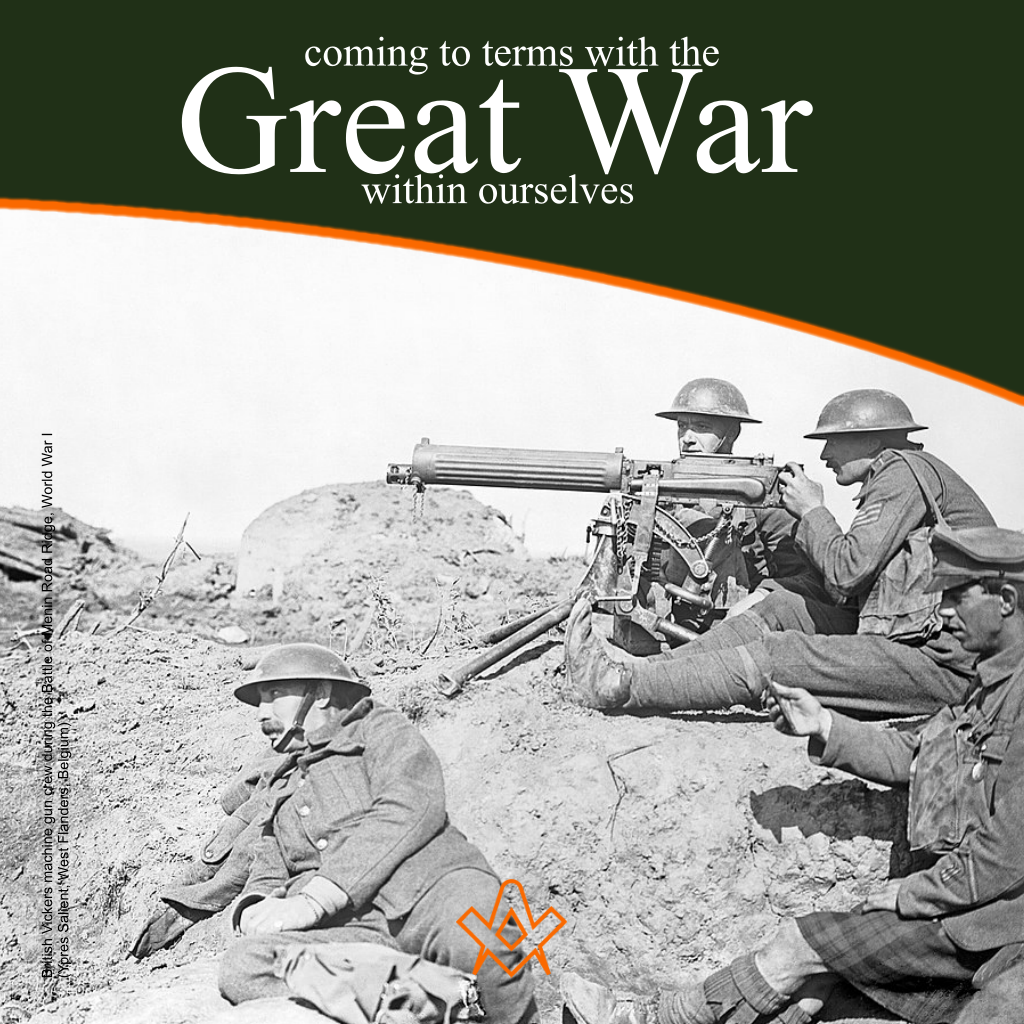“A man who is possessed by his shadow is always standing in his own light and falling into his own traps…living below his own level.”
– Carl Jung, The Archetypes and The Collective Unconscious

Carl Gustav Jung, 1875-1961 (bottom row, third right) with Sigmund Freud, Stanley Hall, Abraham Arden Brill, Ernest Jones and Sándor Ferenczi. Photograph, 1909.
IMAGE LINKED: wellcome collection Attribution 4.0 International (CC BY 4.0)
The psychologist, Carl Jung, contributed a great deal to the field of psychoanalysis.
Amongst the many concepts he introduced was his idea of the archetypes.
These were representations of psychological forces within ourselves, one such example being that of ‘The Shadow‘.
This enigmatic force, the theory goes, represents the darker aspects of the human condition, the more animalistic side to our psychological makeup.
This is also the aspect of ourselves that we would rather not admit exists at all.
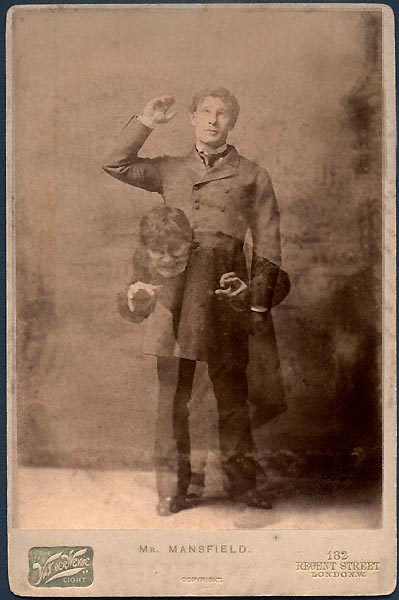
Jung’s concept of ‘the shadow’ can be found in Robert Louis Stevenson’s character ‘Dr Jekyll’ –shown here in a double exposure photograph of actor Richard Mansfield representing the dual nature of ‘Dr Jekyll and Mr Hyde’, c. 1887. Photo by Henry Van der Weyde (1838-1924; London, England) – – http://www.photography-museum.com/jekyll.html /
IMAGE LINKED: wikimedia Attribution 4.0 International (CC BY 4.0)
To Jung, this was behind many cases of psychological illness. To further illustrate, he proposed the idea of polarity; the idea that if you gave time and energy to one polar aspect, the opposite pole would also develop.
In the case of the shadow, if a person spent time promoting how good they are and how they could never do wrong, the shadow, that has been totally repressed, would grow in equal strength.
This could then sometimes result in a person “snapping” and the darker side expressing itself quite unconsciously.
In this context, a healthy mind is one which accepts both the lighter and darker parts of the human psyche, on equal terms, and is able to admit that we are quite capable of both noble and not so noble actions.
Within Freemasonry, this condition of the human mind is illustrated perfectly by the black and white flooring, within the lodge room.
As the candidate perambulates around the room in any one of the ceremonies, he is passing through both shadow and light, within his own self.
However, it is important to note that he is treading it underfoot, implying rising above these shifting modalities.
Further, if he was to inspect the flooring, he would find that it is bound, by the border of the carpet, into a single whole.
The black and white is of one complete nature.
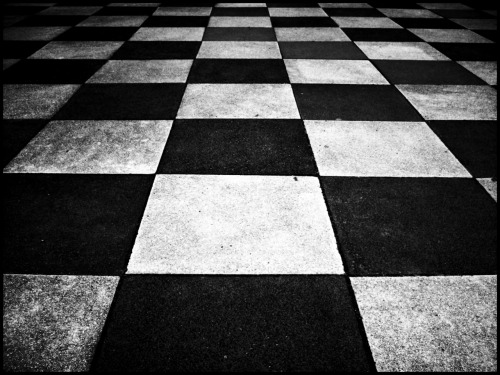
checkered floor
IMAGE LINKED: wikimedia Attribution 4.0 International (CC BY 4.0)
This is similar to the ideas of Yin and Yang in Chinese thought, which express that everything in nature goes though opposite phases, such as expansion and contraction, birth and death, rise and fall.
In fact, many martial arts are based on this guidance. If your opponent attacks, then you yield until he over reaches and is forced to yield himself, which then becomes your chance to attack, and so on. This, then, is the secret to harmony.

By Iruka13 – This file was derived from: Urkällan.svg
IMAGE LINKED: wikimedia Attribution 4.0 International (CC BY 4.0)
If we spent time examining the mind, we would observe that both noble and not so noble thoughts arise within us all the time.
This is just how our psychology works. This is just us. However, it is very clear that we are not always entirely comfortable with this truth.
We have all been in the situation where we have given expression to a thought that is not of noble origin, and have been called out on it.
Often times, in an effort to hide the revealed origin of our actions, unpleasant discussions can ensue.
These uncomfortable experiences show us that we are in a kind of war with ourselves, with the darker side that we would rather wasn’t there.
It was the Buddha, amongst others, who is reported to have said that all our actions originate with our thoughts.
Therefore, it makes sense that our external struggles and fights are merely reflections of an inner struggle.
If we move to a wider, more global scale, we can see that this internal human condition is everywhere.
Wherever there is hurtful verbal, or physical conflict and suffering, there are minds at odds with themselves.
Perhaps, then, we can move to remedy all of this if human beings came to terms with the human condition and forgave its very nature.
If we were to accept that humans are capable of a darker side, simply because this is human nature; not because some people are evil as opposed to those who are good, then we could build dialogues that could help us heal our external rifts, and move beyond our current frameworks through which we measure each other.
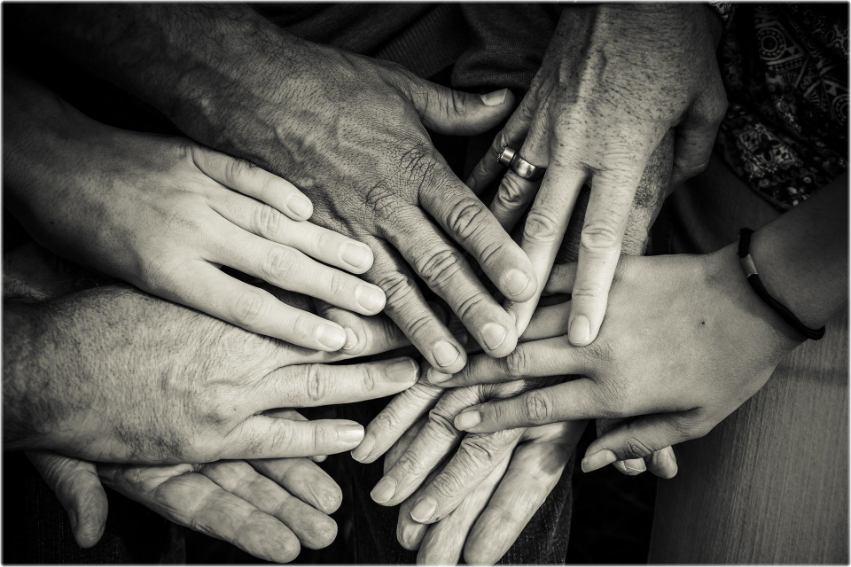
by giselaatje from Pixabay
IMAGE LINKED: Pixabay Attribution 4.0 International (CC BY 4.0)
One of the wonderful things about Freemasonry is its focus on humanity as a united concept, rather than on the many aspects which might divide us.
Combining this with the idea of the black and white flooring, already discussed, we can see that, at its very core, Masonry consists of both an acceptance of humanity and a network of mutual support to help us further come together.
At this point you might be asking the question:
“Doesn’t Freemasonry encourage the practice of every moral and social virtue, thus repressing and in no way accepting the shadow aspect?”
My answer to this would be that, whilst the Craft does indeed encourage expressing the most noble of human qualities, it does this by implying that we are to bring our passions under control.
There are two ways of doing this. We can attempt to push our less noble sides to the back of our minds, and do our best to be virtuous, even though our darker sides are still lurking within, yet unobserved, thus risking an unconscious outburst.
The other way is to keep the shadow under our inspection with all other thoughts and feelings.
We might then find that we can become far more adept at selecting the correct course of action, whilst gaining insight into the drives of human nature as a whole.
In essence, we come to know ourselves, and thus others, in a much deeper and compassionate way.
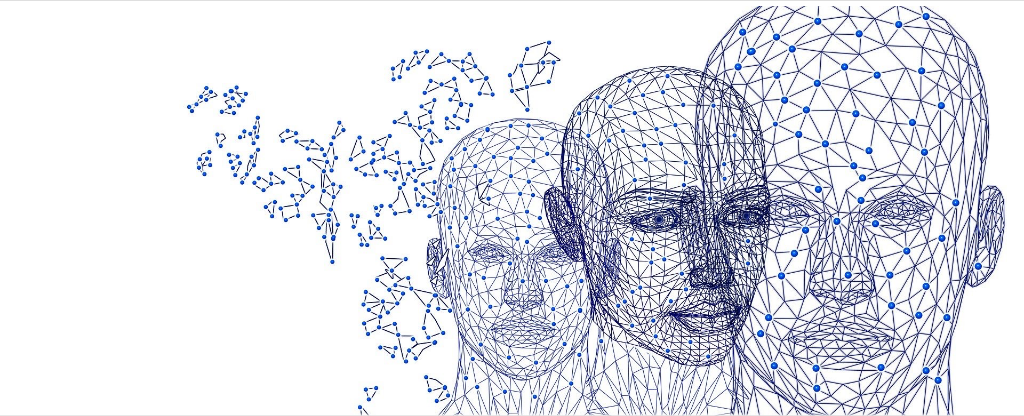
by Gerd Altmann from Pixabay
IMAGE LINKED: Pixabay Attribution 4.0 International (CC BY 4.0)
The lessons of Freemasonry can help us to understand the human condition, warts and all.
By understanding what it is within us that makes us act in a less virtuous way, we can arrive at an appreciation of the shifting sands of our mental foundation.
It is only by doing this that we stand a chance of building our minds into a structure of virtue that can remain standing.
Perhaps if all of humanity could gain self-knowledge, in this way, we could genuinely have lasting peace throughout the world.
Article by: Craig Weightman

Craig Weightman grew up in Hinckley, Leicestershire and was educated at the University of Leicester, gaining a degree in Psychology and Computer Science.
He was initiated into Freemasonry in 2003, and became master of his lodge in 2014.
Outside of his interests in Freemasonry, Craig is a lecturer in Computer Games Design and Computer Science at a college in Warwickshire. He also develops websites for businesses.
Craig is the author of 'A Journey in Stone'.
Books: by Carl Jung

The Archetypes and The Collective Unconscious
By: C. G. Jung (Author), R.F.C. Hull (Translator)
Essays which state the fundamentals of Jung’s psychological system: “On the Psychology of the Unconscious” and “The Relations Between the Ego and the Unconscious,” with their original versions in an appendix.

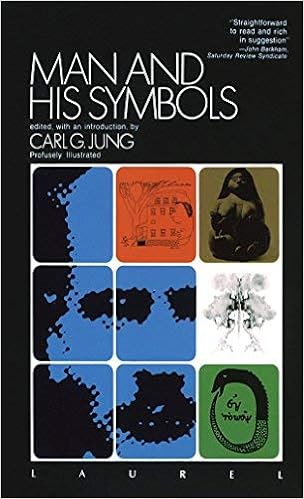
 A Journey in Stone – Extracts of Wisdom p.10 More extracts of wisdom from Craig Weightman's book 'A Journey in Stone' – in this final part in the serialisation, we discover the Transformative Symbolism of the Royal Arch – and the end of the journey. |
 A Journey in Stone – Extracts of Wisdom p.9 More extracts of wisdom from Craig Weightman's book 'A Journey in Stone' – this month, we explore the 'Illusion of the Self and the Truth of Interdependency' |
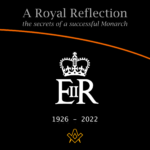 A Royal Reflection – the secrets of a successful Monarch On the death of Her Majesty Queen Elizabeth II, Craig Weightman, in a fitting tribute to an exemplar, recently departed, reflects on how the late Monarch's life demonstrated how we should all live every moment, as we serve others. A poignant reflection on a life that was resplendent in virtue, to the benefit of all, which is what Freemasonry attempts to teach us. |
 A Journey in Stone – Extracts of Wisdom p.8 More extracts of wisdom from Craig Weightman's book 'A Journey in Stone' – this month, we explore |
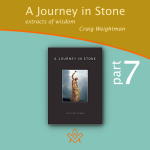 A Journey in Stone – Extracts of Wisdom p.7 More extracts of wisdom from Craig Weightman's book 'A Journey in Stone' – this month, we explore |
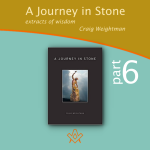 A Journey in Stone – Extracts of Wisdom p.6 More extracts of wisdom from Craig Weightman's book 'A Journey in Stone' – this month, we explore the Working Tools of the Third Degree. |
 A Journey in Stone – Extracts of Wisdom p.5 More extracts of wisdom from Craig Weightman's book 'A Journey in Stone' – this month, we explore the Working Tools of the Second Degree. |
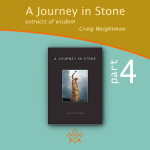 A Journey in Stone – Extracts of Wisdom p.4 The Working Tools of the First Degree – the twenty-four-inch gauge. This book collates masonic author and psychologist, Craig Weightman's collective wisdom and philosophy, taking you on a fascinating 'journey in stone'. |
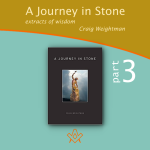 A Journey in Stone – Extracts of Wisdom p.3 This book collates masonic author and psychologist, Craig Weightman's collective wisdom and philosophy, taking you on a fascinating 'journey in stone'. |
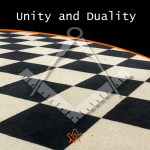 Craig continues his previous exploration into the 'hero's journey' through life's travails; this month we discover how within the stormy sea of battling opinion and confusion, there is an island called Freemasonry. |
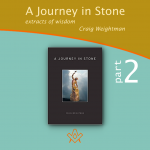 A Journey in Stone – Extracts of Wisdom p.2 This book collates masonic author and psychologist, Craig Weightman's collective wisdom and philosophy, taking you on a fascinating 'journey in stone'. |
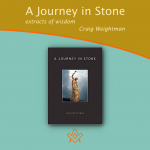 A Journey in Stone – Extracts of Wisdom p.1 For those who have enjoyed Craig Weightman's thought-provoking and inspiring monthly features, this book collates his collective wisdom and philosophy, taking you on a fascinating 'journey in stone'. |
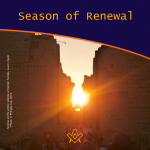 This spectacle takes place at the same time every year. Literally, the sun 'dies' for three days, then is reborn on the Christmas morning. |
 Coming to Terms with the Great War Within Ourselves Discover your 'shadow' - the black-and-white path to self-awareness - "A man who is possessed by his shadow is always standing in his own light and falling into his own traps...living below his own level." - Carl Jung |
 The Masonic Art of Being a Gentleman What defines the masonic art of being a gentleman; a chivalrous, courteous, or honourable man? |
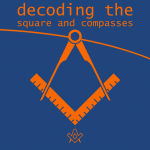 Decoding the Square and Compasses The square and compasses is the most famous symbol with which Freemasonry is identified. However, this is not just a logo that helps the organisation to stand out from the rest. |
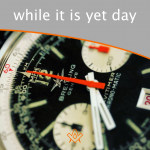 Each moment is a gift that you can make the most of. We can all do more; many of us do not live our lives to the full. |
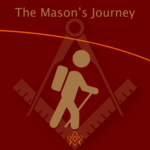 The hero’s journey can also be seen in the Masonic system; a candidate first considers embarking on the Masonic journey but wonders whether it is really for him |
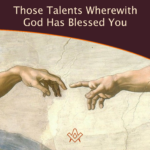 Those Talents Wherewith God Has Blessed You Incorporated in the charge to the initiate, has a lasting impression of what Freemasonry is all about. |
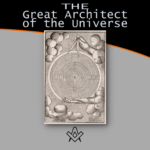 The Great Architect of the Universe When a candidate for 'Regular' Freemasonry is interviewed, prior to being admitted, he is always asked if he believes in a Supreme Being. |
masonic knowledge
to be a better citizen of the world
share the square with two brothers

click image to open email app on mobile device


